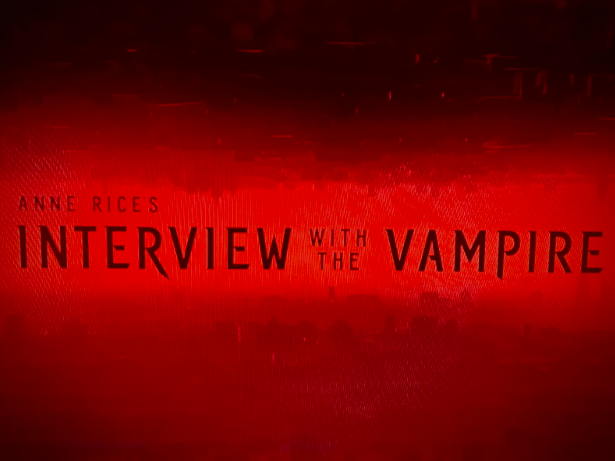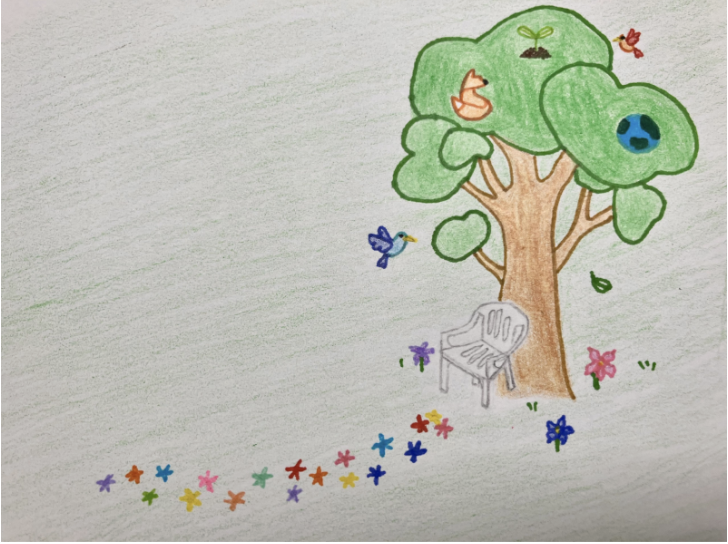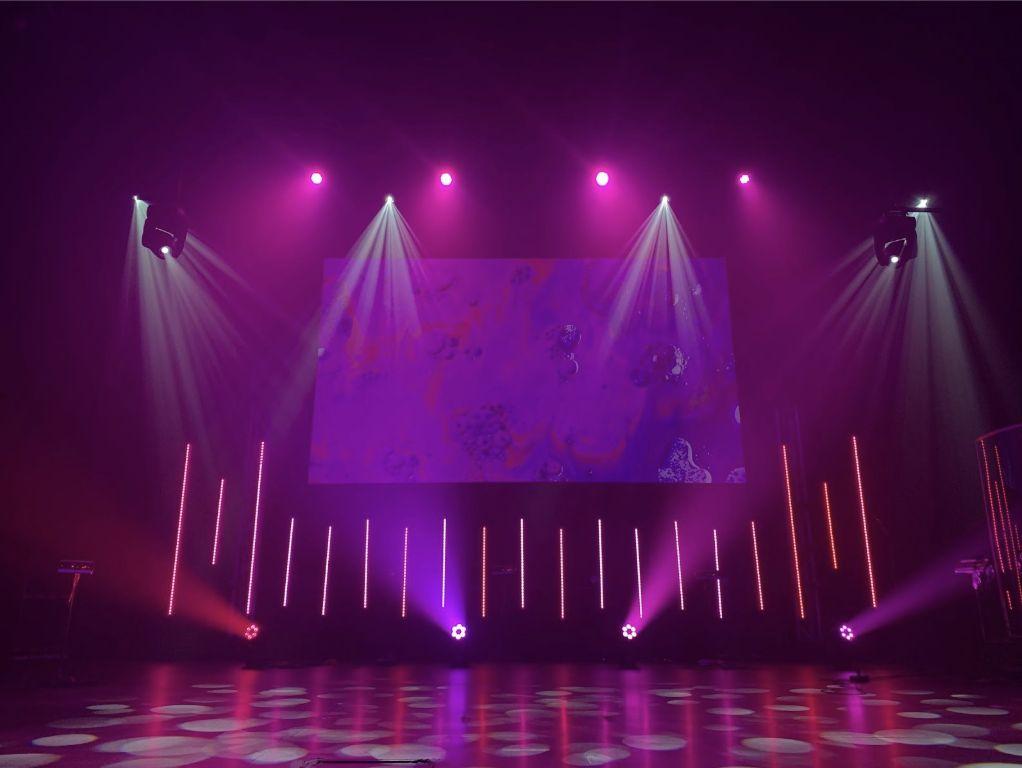An unhealthy algorithm: Eating disorder culture
ED culture is pushed from all directions, due to this it’s not uncommon for such tendencies and thoughts to be internalized.
November 21, 2022
Models, actresses, and celebrities are large sources of inspiration for many–especially teenagers. They are celebrated and doted on, patenting what’s trendy and having adolescents wanting to act and look just like them. Unfortunately, all that glitters is not gold. Pop culture icons such as Kate Moss and Kim Kardashian alike have shown the public the methods of achieving their highly wanted figures: through starvation. With the constant flaunting of their looks on social media, these celebrities have inspired millions of young people to follow their path towards an unattainable beauty standard. Their unhealthy mindsets have circulated the internet, becoming detrimental to teenagers that come across it.
Platforms such as TikTok and Instagram hold a plethora of creators and editors that idolize thin figures. This can be seen as many repost content about Kate Moss and models from the ‘90s that have disordered eating, romanticizing their unattainably small frames. Some even brag about how these results and those of their own have been achieved directly through starvation. The re-emergence and idolization of their harmful lifestyles has led to the overwhelming growth of eating disorder culture.
Eating disorder culture is the promotion of harmful eating habits as a means to become skinnier and in turn more attractive. Several communities on Twitter, TikTok and Instagram are dedicated to perpetuating these habits, putting impressionable teenagers at risk of feeding into their content. Many of these accounts are made by people who find plus sized individuals disgusting and push negative stereotypes about them on the platform. They will often repost pictures of plus sized people as “fatspo” or inspiration to keep their eating disorders going in order to avoid looking like the people they repost.
Boxing oneself into a certain aesthetic or “cliché” has been an up and coming practice among teenagers. The recently revived y2k (late 90s early 2000s fashion), balletcore, coquette, and similar fashions focus more intensely on the body of the wearer rather than the accessories that go with it.
The internet personalizes everything to a frightening degree. Photo and video sharing apps are largely unaffected by mute buttons, continuing to spoon-feed dangerous content to users. The lack of censorship around ED promotion accounts leads many down a path of disordered eating.
These communities have always existed, under the radar. An infamous case of this would be Tumblr, where the ED communities have buried themselves for more than decade. Even when the platform collapsed, the contingent did not. They moved on to Instagram, TikTok, Pinterest, and other places. The issue is that they are not contained solely on the internet. Diet-culture is everywhere in the modern world, claiming that thin ultimately means healthy– and that there are no limits to becoming that illusionary “ideal.” Under the influx of bombardment from mass media, internet and outside, teenagers are convinced that unattainable beauty–photoshop, surgeries, and self-harm–is within their grasp.
These standards are not only unattainable but fatal. The aftermath of an eating disorder extends past physical health, crossing the line into mental health. According to Eating Disorder Statistics, every 52 minutes a death occurs resulting directly from an eating disorder. Teenagers place a lot of pressure on themselves which leads to hurting themselves to achieve a façade. A closed cycle that ripples through and is actively encouraged by their community. Once in, emerging is infinitely difficult. 91% of college girls stated that they heavily monitored their weight and at some point partook in ineffective crash dieting.
This inability to escape is what makes this topic so dangerous, where people turn to the worst to get out or die. trying to achieve their perception of perfection that was pushed onto them from everywhere all at once. Such ideals are creating a disease just to sell the cure. Though to an outsider, it is crystal clear how dangerous eating disorders are, those who are enveloped in such communities see through rose tinted glasses. It is immensely difficult to escape from an ED.
This senseless promotion of such vile content is damaging to young people, furthering toxic standards placed on people’s very own bodies.












































































